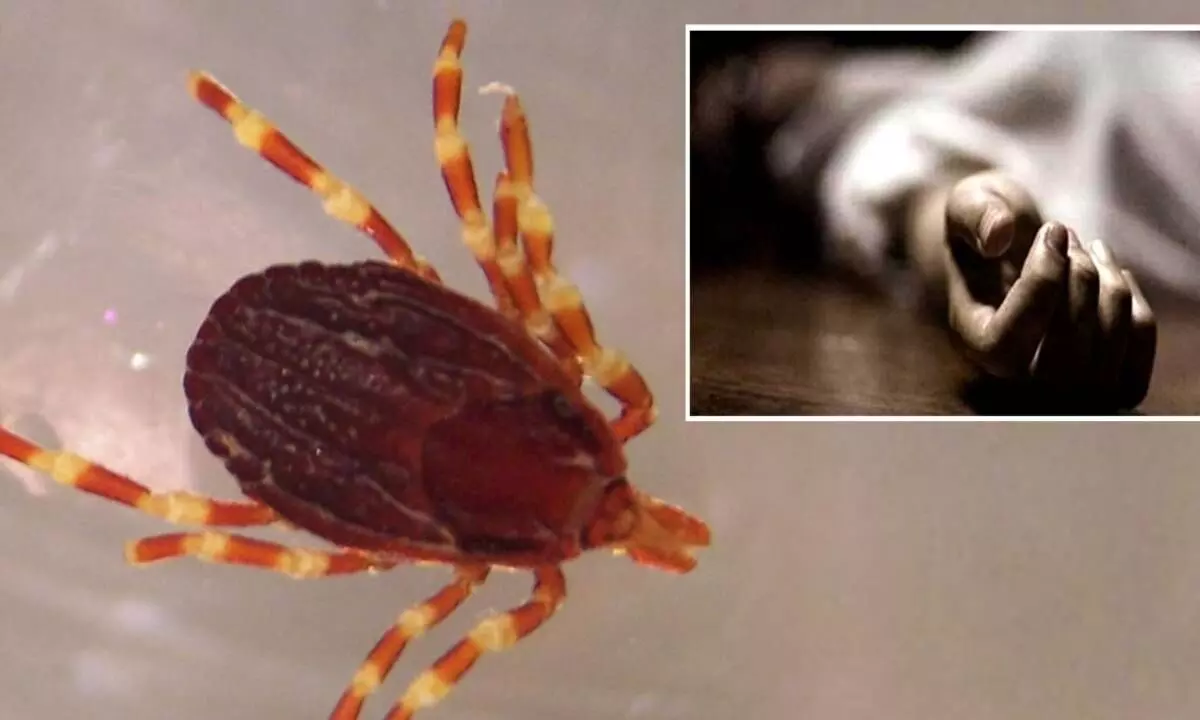
Pakistan is on high alert after two died due to complications caused by the Congo virus. Scroll down to know more about this virus and its symptoms.
A high alert has been issued in Pakistan over the sudden spread of the dangerous Congo virus. Crimean-Congo haemorrhagic fever (CCHF) is a widespread disease caused by a tick-borne virus known as Nairovirus. This virus belongs to the Bunyaviridae family of viruses and has the ability to spread faster from one body to the other. According to the latest report, Pakistan health authorities are alarmed after two people died of health complications caused by the virus in the country’s Sindh and Balochistan provinces.
How dangerous is the new virus and what symptoms one ca spot after contracting the virus? Let’s understand all about the new Congo virus.
What is Congo Virus?
The World Health Organization has classified Congo fever as a viral disease that is caused by a tick-borne virus (nairovirus). The virus can spread rapidly and make people suffer from severe viral haemorrhagic fever outbreaks, with a case fatality rate of 10-40 per cent. Some of the symptoms associated with this virus infection include:
- Fever
- Muscle ache
- Dizziness
- Neck pain
- Neck stiffness
- Backache
- Headache
- Sore eyes and
- Photophobia (sensitivity to light)
What is the origin of the virus?
As per the WHO, the disease is endemic in Africa, the Balkans, the Middle East and some parts of Asia.
READ RELATED: 66 Healthy Chicken Recipes That Will Keep You Coming Back for More
How Does The Virus Spread?
In a report, the global health body has stated that the virus is transmitted to people either by tick bites or through contact with infected animal blood or tissues during and immediately after slaughter.
As of now, there is no vaccine available in the world to treat the infection caused by Congo virus. However, there are some safety tips that one can follow in order to stay safe, these include:
Total Wellness is now just a click away.
Follow us on
window.addEventListener(‘load’, (event) => {
// $(document).ready(function(){
$(‘#commentbtn’).on(“click”,function(){
(function(d, s, id) { var js, fjs = d.getElementsByTagName(s)[0]; if (d.getElementById(id)) return; js = d.createElement(s); js.id = id; js.src = “//connect.facebook.net/en_US/sdk.js#xfbml=1&version=v2.3”; fjs.parentNode.insertBefore(js, fjs);}(document, ‘script’, ‘facebook-jssdk’));
$(“.cmntbox”).toggle();
});
// });
});








